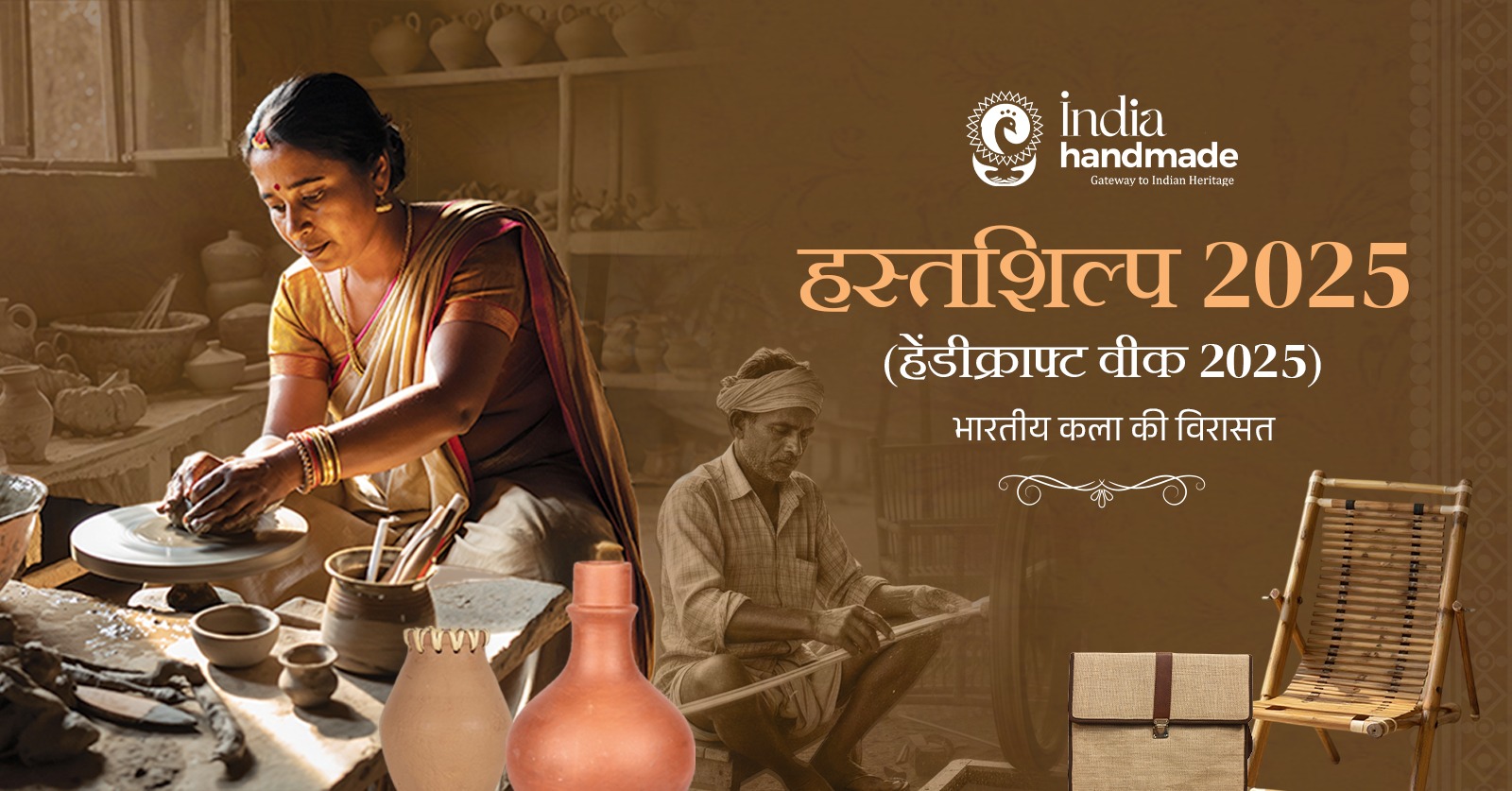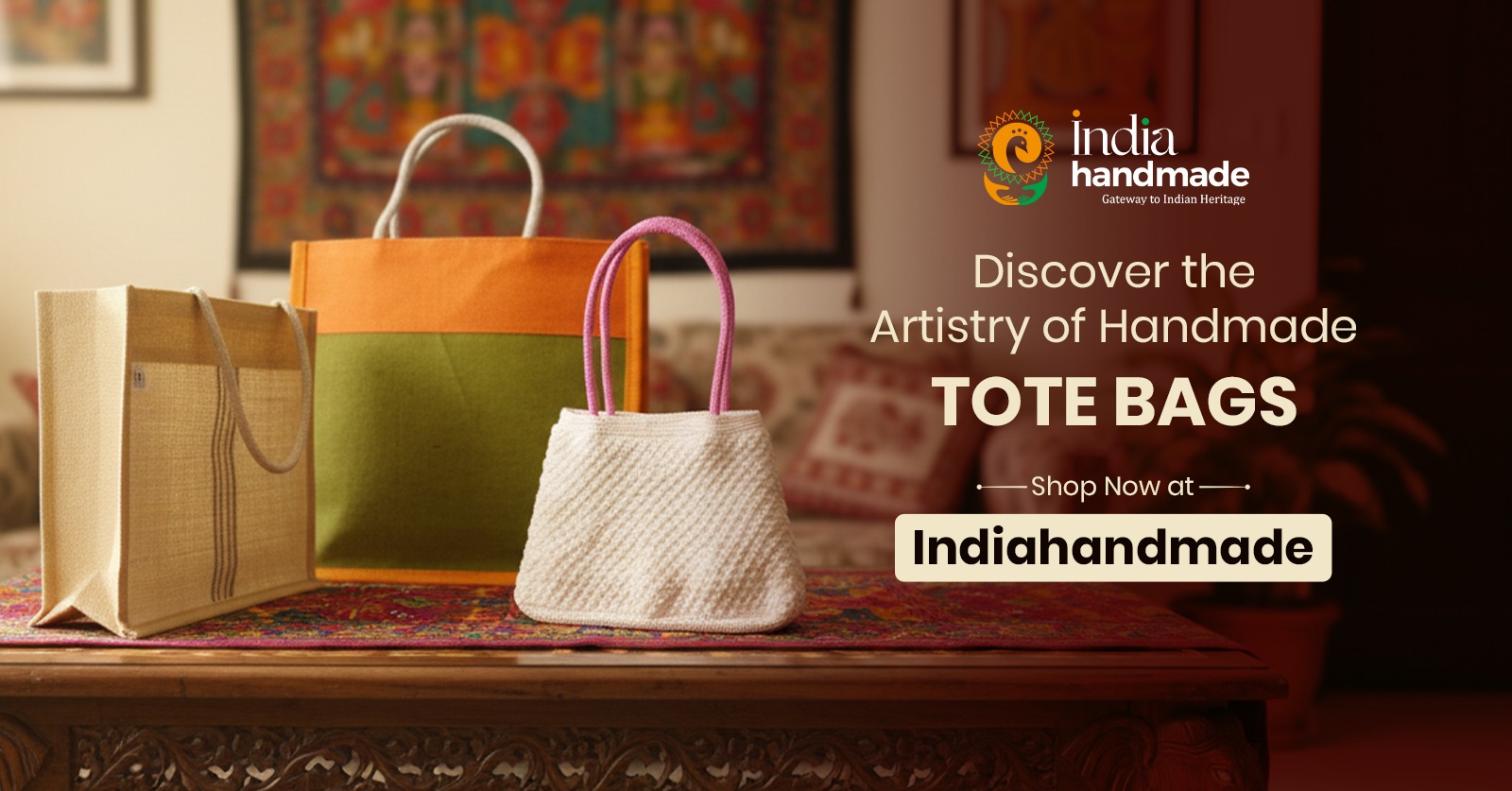
India’s 77th Independence Day is due in just two weeks. As we gear up for Independence Day to unfurl the saffron, white and green national flag and recall the supreme sacrifices of our freedom fighters, this is also the right time to rejoice in traditional artistry and patronise the local craftsmen. There's no better way to participate in this celebration than by embracing and wearing Swadeshi handloom fabrics on August 15th.
What is Swadeshi Handloom?
Swadeshi refers to products made within the country of manufacture or the nation. All forms of textiles and fabrics from India, woven with skilled workmanship, fall under the category of Swadeshi handloom. Swadeshi handloom includes the historic Banarasi saris of Varanasi, the floral Batik prints of West Bengal, the colourful Ikat weaves of Odisha and many other forms of fabric that are the pride of Indian states. When we opt for Swadeshi handloom, these cherished arts are preserved because constant demand ensures that the local artisans, who can sustain themselves through their profession, are not left jobless.
The Handloom Industry Today: Why Does It Need a Resurgence?
When the British were ruling India, the handloom and textile industry had a raw deal because machine-made textiles were cheaper and readily available from England. As a result of this, handloom weaving, which had been providing employment opportunities to lakhs of Indians for decades, was affected drastically. The same is happening today, with mill-made power loom fabrics dominating our markets with their cheap rates. Hence, the local artisans are unable to compete due to a lack of awareness and because the products made by handloom tend to be more expensive due to the time-consuming nature of the process.
But when these handlooms are lost, one has to say goodbye to a part of the living history of India. The patterns incorporated in these fabrics are complex and represent the fashions of our various regions. Given that the handloom industry has faced serious challenges, particularly due to the advent of the power loom, the use of handlooms must be sustained so that artisans can come back to the power loom and regain their independence. After all, the ‘Make in India’ vision is based on the talent and skill of our local weavers, who will be the backbone for its execution. It also involves restoring almost extinct processes, such as making the Kanchipuram silk sarees and the spirited Tangaliya prints.
The Positive Impacts of Choosing Swadeshi Handloom
- Supports the Livelihood of Local Artisans: By opting for handloom sarees, kurtas and other apparel on Independence Day, one can contribute to the income and livelihood of these weaver families living in villages across India. Since job losses are occurring at a faster pace in the sector, your handloom purchases ensure employment generation as well.
- Certifies Authenticity with the Handloom Mark: Whenever you shop for handloom fabrics, look for the ‘Handloom Mark’ to ascertain that you are buying real handweaver products. The brand endorsement of the green colour ensures the handloom products are genuine.
- Helps Preserve Heritage Crafts: It is right to say that each handwoven garment comes with a tradition of years in designs and weaves. When you shop Swadeshi handloom this Independence Day, you save your rich heritage and weaving traditions, such as Ikat, Patola, Banarasi, etc.
- Avails Government Schemes: With the demand for handlooms, you actually enhance the effectiveness of governmental initiatives such as Indiahandmade.com to ensure fair pay to artisans and weavers or training programmes to provide them with the necessary capabilities. Larger sales help effectively implement the welfare of the artisans.
Fashionable Swadeshi Handloom Clothing Options for Independence Day
- Ikat Weaves: Odisha’s traditional dress material, Ikat fabric, has great designs that come with a resist-dyeing method. For a new look this time, opt for a pretty Ikat handloom kurti or saree from Odisha’s handloom weavers.
- Chanderi Sarees: Chanderi sarees from Madhya Pradesh have subtle textures and ethereal qualities. Being lightweight, these sarees allow the wearer to drape them comfortably. Opt for handwoven Chanderi sarees with zari borders that are made traditionally.
- Banarasi Silk: Nothing can be better than wearing a beautiful Banarasi silk saree to celebrate Independence Day. Buy timeless shades like maroon or green for Banarasi silk sarees with zari brocade designs.
- Khadi Kurta Pyjamas: Notably, ethnic garments such as Khadi are associated with India’s fight for independence. Wear khadi kurta pyjama sets for a timeless edge.
- Bandhani Prints: You can also purchase trendy and colourful Bandhani print sarees in a tricolour theme from local weavers in Rajasthan.
- Muga Silk: Golden-yellow Muga silk sarees from Assam are worthy investments for your timeless wardrobe collection. Choose ethnic sarees and dress materials made from glossy Assam muga silks to get that rich ethnic look.
- Chikankari Kurtis: Chikankari thread-work kurtis are famous in Lucknow. White kurtas, when matched with tricolour pants or leggings, look the best during the Independence Day celebration. Buy Chikankari kurtis from the artisans of Uttar Pradesh if you want an authentic piece.
Choosing Swadeshi handloom for this Independence Day is pertinent to empowering lakhs of artisans and ensuring their livelihood across the country. Mahatma Gandhi rightly depicted Khadi and handloom as the pride of our India and the need for our freedom struggle. So, this August 15th, let us celebrate 77 years of independence by swaying with traditional Indian weaving practices.





